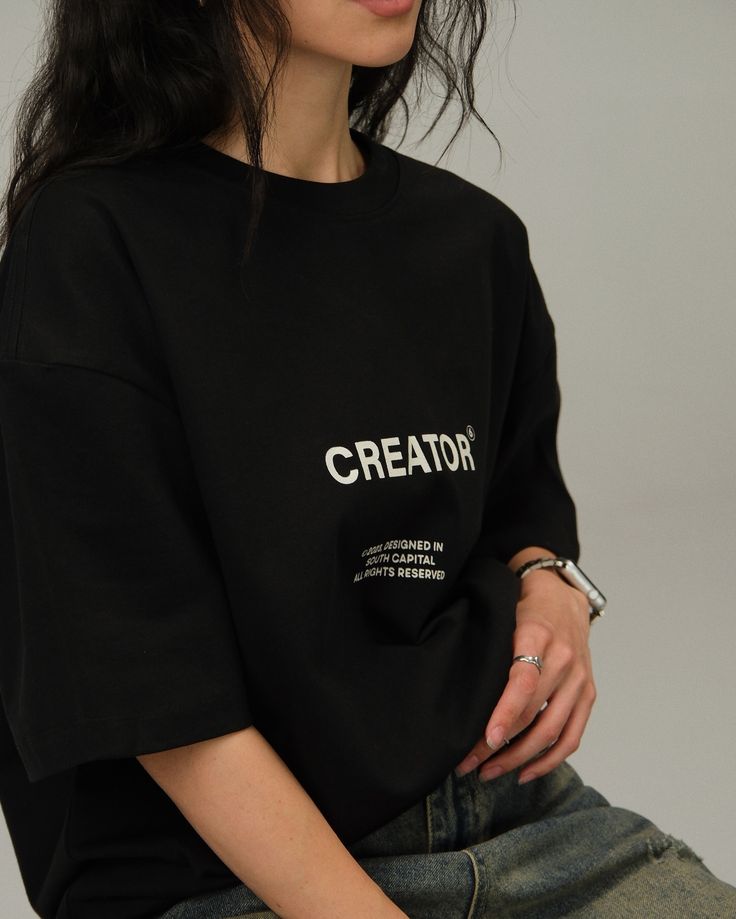Introduction
The future of fashion lies in intimacy—not just in style, but in precision and emotional resonance. In 2025, hyperpersonalization has moved from novelty to necessity, transforming how garments are designed, selected, and experienced. This evolution redefines clothing not as a generic product, but as an extension of the individual—a second skin molded by technology, data, and deeply personal preferences. In a world increasingly shaped by connectivity and customization, fashion becomes uniquely responsive to the nuances of daily life, emotional needs, and shifting identities.
The Rise of Made-for-One Fashion
Mass production has given way to mass customization. Consumers are no longer content with standard sizing or off-the-rack limitations. Instead, they seek garments tailored to their exact dimensions, tastes, and lifestyles. Advances in 3D body scanning, algorithmic pattern generation, and digital fittings have enabled brands to produce made-for-one apparel at scale. This personalized approach not only enhances fit but also fosters emotional connection between wearer and wardrobe, turning each item into a reflection of selfhood.
Data-Driven Design and Predictive Style
Artificial intelligence and machine learning now play a central role in shaping what we wear. Algorithms analyze purchasing behavior, social interactions, biometric data, and even mood indicators to forecast individual style needs. Design is no longer reactive but anticipatory—proactively offering suggestions that evolve with the wearer’s context and preferences. This synergy between data and design creates an experience that is both adaptive and profoundly personal, merging utility with emotional intelligence.
Digital Wardrobes and Virtual Style Twins
The concept of a wardrobe has expanded into the digital realm. Virtual closets store not only clothing items but styling data, usage patterns, and cross-platform looks. Users can visualize combinations, track wear frequency, and receive AI-curated outfit suggestions based on weather, occasion, or emotional state. Some platforms have even introduced “style twins”—digital avatars that simulate users’ fashion choices, enabling them to experiment without risk and refine their tastes through immersive feedback.
Materials That Adapt to the Body
Innovation in textile science has led to the development of fabrics that interact with the body in real time. Responsive materials adjust temperature, change color with mood, or flex according to movement, offering comfort and performance once confined to athletic or techwear. These smart fabrics enhance functionality while aligning with the wearer’s physiological needs, effectively becoming a second skin that moves, breathes, and reacts alongside its user.
Biometric Fashion and Mood-Responsive Clothing
Clothing now serves not only aesthetic or protective functions but also becomes a conduit of self-awareness. Embedded sensors in garments can monitor heart rate, posture, stress levels, and more. When linked with AI systems, this data can trigger changes in clothing behavior—such as loosening a collar during anxiety, brightening hues to uplift mood, or vibrating discreetly as a posture reminder. This marriage of biometrics and fashion blurs the boundary between clothing and wellness.
Hyperlocal Fashion: Reflecting Environment and Context
Hyperpersonalized fashion extends beyond the individual into their physical space. Location-based data, local climate, cultural cues, and even pollution levels are factored into design decisions. Outfits can shift their characteristics in response to a user’s changing environment—turning water-repellent during rain, increasing breathability on hot days, or even integrating localized patterns and storytelling elements. The result is fashion that is not only personal but also context-aware and environmentally tuned.
Collaborative Creation and Consumer-Designer Dialogue
In 2025, consumers actively co-create fashion. Digital platforms invite users to customize colors, silhouettes, prints, and finishes in collaboration with designers or AI tools. This participatory process dissolves the line between creator and consumer, fostering a sense of ownership and emotional attachment. Whether through generative design engines or crowdsourced garment editing, fashion becomes a canvas for personal storytelling and shared authorship.
Sustainability Through Customization
Hyperpersonalization also addresses the urgent need for sustainability. When garments are designed to suit individual needs, they are more likely to be worn longer, cherished deeply, and discarded less frequently. Made-to-order production eliminates overstock, minimizes returns, and reduces waste. Customization promotes conscious consumption—each piece is deliberate, valuable, and less disposable. In this way, personalization aligns deeply with environmental ethics and slow fashion values.
Emotional Resonance and Digital Memory
Personalized fashion is increasingly tied to emotion and memory. Clothing can now archive moments, store digital tokens, or play back music and sounds linked to significant experiences. A jacket might light up on anniversaries or a scarf play a song from a pivotal event. These emotionally encoded garments deepen the bond between person and piece, turning clothing into living memory—tactile reminders of identity, connection, and story.
Personal Branding and Identity Fluidity
Fashion is a key tool for self-presentation, especially in a digital-first society. Hyperpersonalized wardrobes enable users to align their physical appearance with evolving personal narratives. As identity becomes more fluid and multifaceted, so too does style. From gender expression to cultural signaling, customized fashion provides a versatile language for communicating who we are, how we feel, and where we belong.
Conclusion
In a connected world, fashion is no longer about following trends—it’s about crafting a mirror to the self. Hyperpersonalized clothing is redefining style as an extension of our bodies, emotions, and environments. As technology and creativity intertwine, our wardrobes evolve into dynamic reflections of our inner lives. The age of the second skin is not futuristic—it’s here, and it’s rewriting the relationship between fashion and individuality forever.



